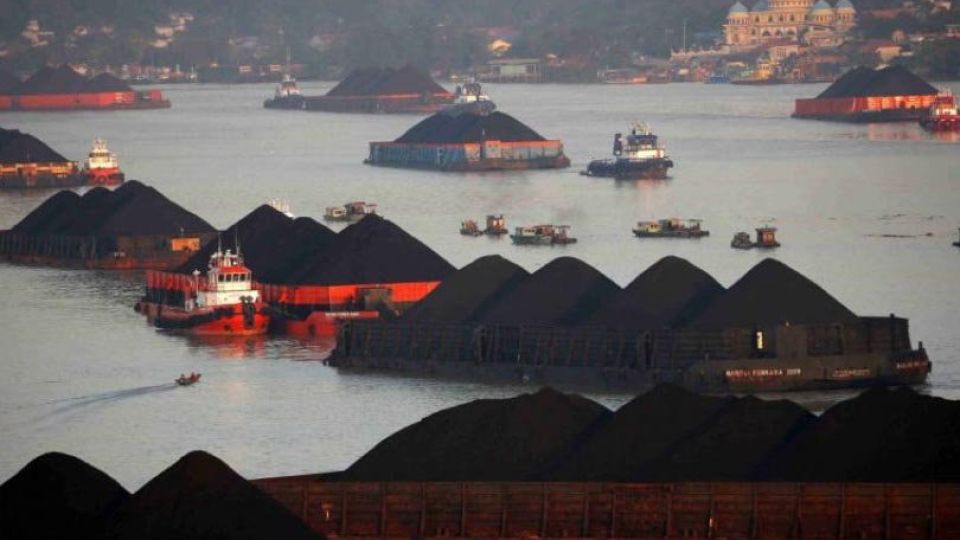April 26, 2023
JAKARTA – The impact of commodity market volatility on the global economy appears to have stabilized, as countries around the world implement coping mechanisms following the sustained turmoil of 2022. However, despite the measures taken to mitigate the effects of such instability, experts remain cautious as to the potential for further disruption.
Indeed, with factors such as geopolitical fragmentation, extreme weather events and supply chain disruptions continuing to pose significant risks, the future stability of the commodity markets and their impact on the global economy remains uncertain.
We believe that energy commodities remain the largest potential source of future risk to the global economy, particularly given the ongoing obstacles faced in the transition towards more sustainable energy sources. Despite increasing efforts to shift toward renewable energy, many countries still heavily rely on fossil fuels, and the transition is not happening quickly enough to avoid potential economic disruption.
Additionally, the structure of the energy market, especially the oil market, is adding further pressure to the recently recovered global economy. The recent volatility in various global economic indicators, resulting from the sudden decision by the OPEC+ to cut its production target by 1.66 million barrels per day until the end of 2023, is a clear example of how one group’s actions in imperfect market structure can trigger economic turmoil through specific channels.
Furthermore, as the world partly enters the summer season, countries such as China, India and several northern hemisphere nations, which were particularly hard-hit by the energy crisis in 2022, are expected to experience a cyclical increase in demand for energy commodities.
Compounding the issue is the fact that abnormal heat waves have been observed across Asian countries, signaling a potential for record-breaking levels of demand for energy commodities this summer.
To prevent another wave of energy crisis, we believe that countries around the world have been seen implementing or in the process of implementing measures to address their energy requirements before they reach their peak this year.
One of the most notable examples is China, which has taken significant steps towards ensuring energy security by focusing on maximizing conventional energy production and building stockpiles for the short to medium-term.
This strategy of prioritizing conventional energy production and energy security may have long-term consequences for the global transition to sustainable energy sources. However, it allows China to safeguard its fossil energy availability and reduce its exposure to energy insecurity during high energy demand cycles.
At the same time, we see that China has also been actively expanding its renewable energy capacity, which is a positive move towards a more sustainable energy future. It is important to note that China’s effort to balance its energy strategy makes it more independent and less reliant on following global commitments.
While China has been expected to be able to handle another wave of high energy demand, other countries such as India and those in the European Union are facing significant challenges.
India has repeatedly been reported to be exposed to another energy crisis due to various unexpected factors such as unusually warm weather at the beginning of 2023, increased industrial activity, a growing population and the impact of heat waves across Asia.
These factors hamper India’s energy security by limiting its ability to build up stockpiles of its main energy source, which is coal, and to mitigate the risk of shortages during the approaching summer.
During the potentially harsh summer season with above-normal maximum temperatures in some parts of Asia, including India, there is a risk of skyrocketing energy consumption and power outages if there are not enough stockpiled energy sources.
As an early impact in India, an increasing electricity shortage has been recorded, and spot power prices have doubled from 3.5 rupees (4.3 US cents) per kilowatt-hour in April 2 to 7.04 rupees per kWh in April 17, according to S&P Global Reports.
In order to mitigate these risks, India has ordered an increase in its imports of coal and LNG. While this move is expected to alleviate the pressure on the country’s energy supply, it may also bring an upside risk to energy commodity prices as demand for these resources increases.
The same story is unfolding for EU countries. While they managed to navigate the previous winter with excellent performance in the energy sector, climate experts are warning that they must prepare for another extreme climate that will require a well-planned energy strategy.
EU countries are reported to have succeeded in cutting their gas consumption by 18 percent during the previous winter due to a combination of factors such as mild weather, energy crisis management policies and curbed industrial activity driven by high gas costs.
Furthermore, their last performance contributes to the current gas-filled capacity, which has reached 57 percent or more than double from the same period in 2022.
However, the risk of increasing energy costs lingers as drought is expected to hit Europe again this year, and geopolitical tensions between Russia and the EU have disrupted the non-conventional energy market for the EU, which bears higher fundamental costs.
What does it mean for Indonesia?
We have observed that Indonesia demonstrated resilience during the energy crisis in 2022, primarily due to its significant coal production.
This allowed the country to reap more benefits than disadvantages from the crisis. For instance, the rise in many countries’ dependency on coal during the crisis resulted in Indonesia’s trade surplus reaching a record high due to coal exports.
This year, we expect Indonesia to capitalize on the potential wave of an energy crisis by increasing its fossil energy production target, particularly coal, resulting in higher export volumes.
Furthermore, in addition to increasing its production target, the Indonesian government has taken a protectionist stance by implementing rigorous monitoring and evaluation of the Domestic Market Obligation to safeguard domestic energy security, while maximizing the country’s opportunities amidst this potential energy turmoil.
*****
The writer is an industry and regional analyst at Bank Mandiri.


